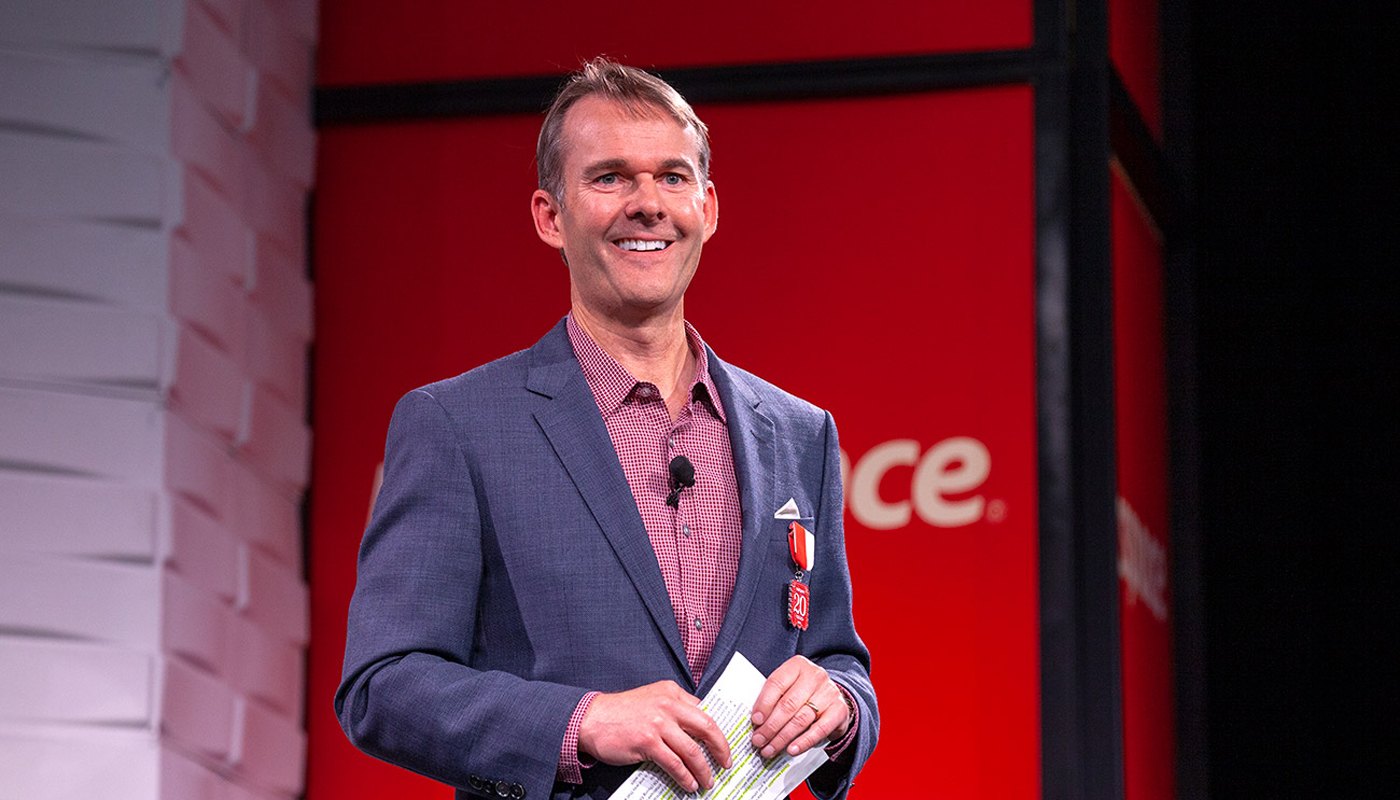Rackspace Technology Inc. looks to be doing another U-turn. Less than two years after the company returned to the public market, it signaled today that it’s looking for a buyer for all or a part of its business.
Rackspace helps enterprises design, build and operate cloud environments and manage services on platforms such as Amazon Web Services, Microsoft Azure and Google Cloud.
In a conference call today, Rackspace Chief Executive Kevin Jones (pictured) explained that the company operates in two very different “multicloud markets” — namely public cloud and private cloud — and that each one has its own operating models, growth trajectories and investment prospects .
“On the one hand, public cloud is right in a long-term secular growth wave and is a services-centric, capital-light product line where we can make smart investments to capture additional white space and growth opportunities,” Jones said. “On the other hand, private cloud and managed hosting is a low-growth market where we’re focused on optimizing profit and free cash flow.”
Rackspace said that after completing an “in-depth strategic review,” and following “inbound interest” for one of its businesses, the company concluded that a sum of the parts valuation could be greater than its current enterprise value.
“This is in part driven by the attractive growth profile of Public Cloud,” the company said. “Accordingly, we are evaluating strategic alternatives and options. We will provide further information as appropriate in light of developments.”
If Rackspace does decide to sell itself and go private, it would be the second time it has exited the public stock markets. Rackspace first began trading on the New York Stock Exchange back in 2008, when the company was a very different business, essentially a competitor of AWS, Azure and other cloud infrastructure providers.
Rackspace was unable to keep up with its rivals in the cloud market for lack of funding and several years later began its pivot to providing services to manage cloud infrastructure. As part of that reorganization, Rackspace ultimately decided to carry it through away from public scrutiny and sold itself to Apollo Global Management in a $4.3 billion deal.
The company exited the market in November 2016, and it wasn’t until almost four years later, in August 2020, that it held a second initial public offering to return to the markets, this time trading on the Nasdaq.
News of the strategic review and potential sale followed some rather tepid first-quarter financial results. The company delivered a net loss of $64 million in the quarter, with earnings before certain costs such as stock compensation coming to 22 cents per share. Revenue for the quarter came to $776 million, up 7% from the same period one year earlier.
The results just edged past Wall Street’s expectations of 21 cents per share in earnings and $774.5 million in revenue.
Rackspace followed up with comparatively weak guidance for the second quarter, saying it expects adjusted earnings of 15 to 17 cents per share on revenue of $780 million to $790 million. That contrasts with Wall Street’s targets of a 23-cent-per-share profit on sales of $800.7 million.
Most likely, it was news of the potential sale that pushed Rackspace’s stock up more than 3% in after-hours trading. Earlier in the day, Rackspace’s shares fell more than 5%.
Photo: Rackspace
Show your support for our mission by joining our Cube Club and Cube Event Community of experts. Join the community that includes Amazon Web Services and Amazon.com CEO Andy Jassy, Dell Technologies founder and CEO Michael Dell, Intel CEO Pat Gelsinger and many more luminaries and experts.
.
